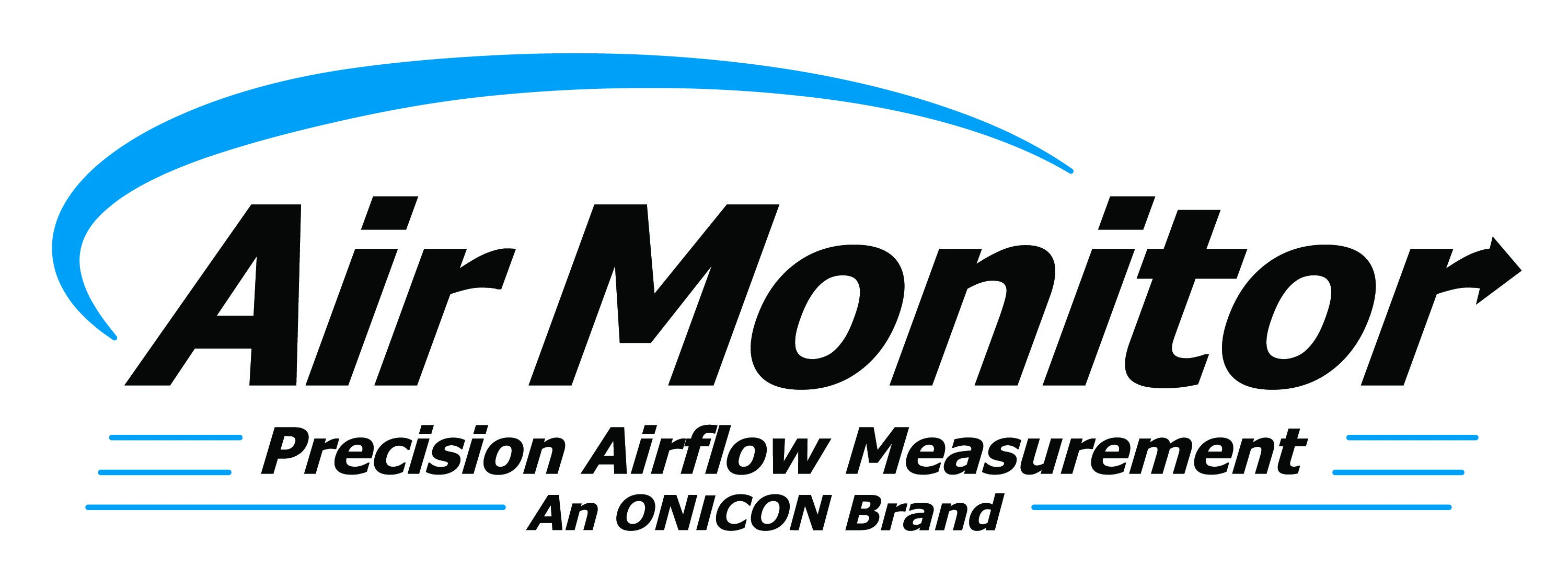The Requirements of Outdoor Airflow Measurement
The staple of HVAC design for many years was constant volume (CV) air handling systems that provide a constant flow of outdoor ventilation air in all operating conditions. In this design, maintaining outdoor flow is simply a matter of establishing outdoor air damper settings. In search of greater energy efficiency, engineers have been migrating to a variable air volume (VAV) design, which often incorporated similar outdoor air controls as CV systems. However, since the total air flow in a VAV system relies on the response to varying thermal loads, the outdoor airflow rate into the building must also vary; creating challenges in maintaining minimum outdoor airflow. As with all systems, accurate measurement is critical to performance.
ASHRAE Standard 62-19991 requires a minimum of 20 cfm of outdoor air per occupant for commercial buildings and the “maintenance of minimum outside air under any load condition.” While direct measurement of outside airflows is not mandated by the standard, the measurement of outside airflows is the best way to ensure compliance. Having said that, ASHRAE 189.1, The Standard of Design for High-Performance, Green Buildings does mandate direct outside air measurement.
The Challenges of Outdoor Air Flow Measurement
Measuring outdoor airflows is a challenge for many reasons. Low velocities (as low as 150 FPM), wind gusts, ambient temperature changes, varying humidity, airborne particulate and the lack of straight duct runs can all affect measurement accuracy. Traditional thermal and pitot tube technologies, commonly used in indoor air flow measurement, are both challenged by many of these conditions resulting in erratic readings.
| Challenges of Outdoor Air Flow Measurement | Pitot | Thermal | VOLU FLO / OAM |
| Extremely low velocities (150 fpm) | NO | YES | YES |
| Directional wind loads | MAYBE | MAYBE | YES |
| Large fluctuations in ambient temperature | MAYBE | YES | YES |
| Variable humidity (30-100%); condensing | YES | NO | YES |
| Presence of airborne particulate | NO | NO | YES |
| No straight duct run available | NO | NO | YES |
The Solution – The OAM II
Air Monitor Corporation has developed the OAM II to mitigate these challenges by measuring at the fan inlet where air velocity is often the highest. Each louver or intake screen is a known fixed resistance device with its own unique 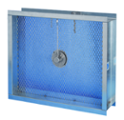 mathematical relationship between airflow and pressure drop. Using differential pressure technology, which measures the actual components of airflow – total pressure and static pressure – the OAM II measures the pressure drop of outside airflow against a fixed resistance (created or existing) which is unaffected by wind gusts, rain, varying humidity and airborne particulate.
mathematical relationship between airflow and pressure drop. Using differential pressure technology, which measures the actual components of airflow – total pressure and static pressure – the OAM II measures the pressure drop of outside airflow against a fixed resistance (created or existing) which is unaffected by wind gusts, rain, varying humidity and airborne particulate.
The OAM II is adaptable to any inlet size. It automatically provides altitude compensation and performs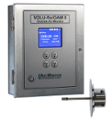 ambient temperature compensation. Units can be retrofitted into packaged air handlers and built up system installations without sheet metal modifications or damper replacement. For new installations, easy to install, turnkey stations can be provided. System components include the outdoor reference sensor, inlet airflow sensor and monitor module.
ambient temperature compensation. Units can be retrofitted into packaged air handlers and built up system installations without sheet metal modifications or damper replacement. For new installations, easy to install, turnkey stations can be provided. System components include the outdoor reference sensor, inlet airflow sensor and monitor module.
OAM II measurement accuracy is +/-5% and can operate with inlet velocities as lows as 150 fpm. Each sensor is made of 316 stainless steel and provides flow and temperature outputs. Most importantly the OAM II is factory calibrated and guarantees compliance with both ASHRAE Standards 62 and 189.1.
Applications for the OAM II
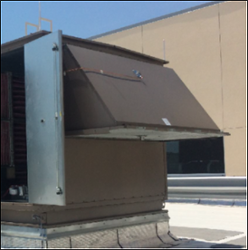 |
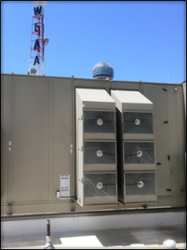 |
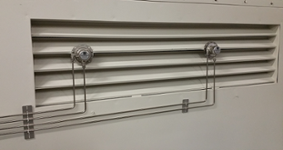 |
| Single Louver Sensors mounted upstream and downstream of single louver | Double Louver Sensors can be mounted in a split intake with all connected back to common transmitter | Split Louver The newest OAM version requires only one transmitter for monitoring separate intakes |



